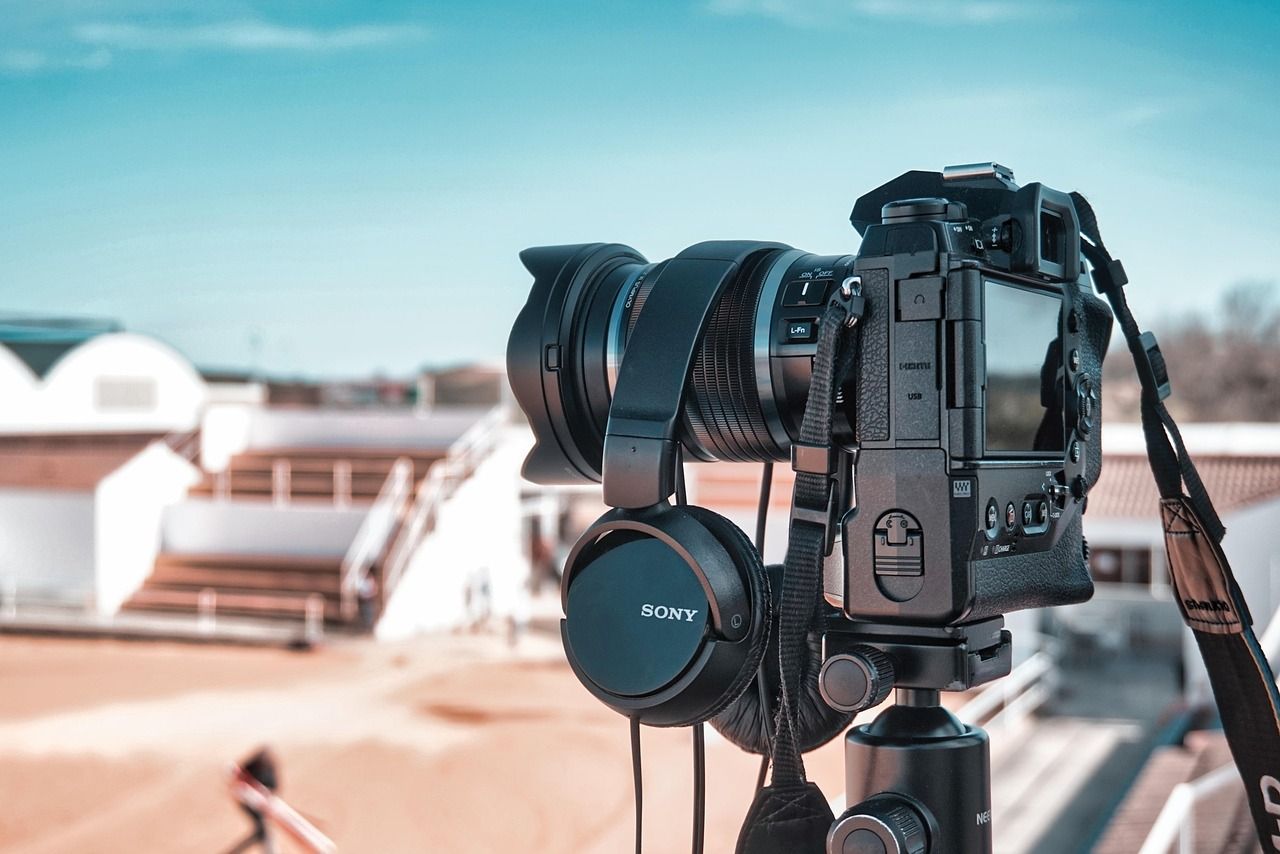How To Build A Marketing Budget That Actually Works
Let’s talk about the money part. Specifically, the one that often gets avoided until the last minute: your marketing budget.
It’s easy to either overspend in a panic or underspend out of fear, but neither approach sets your business up for real, measurable growth. A solid marketing budget isn’t just about picking a number that “feels right.” It’s about aligning dollars with goals, strategy, and the stage your business is in right now.
At Right Tool Media, we work with companies of all shapes and sizes, and one thing’s consistent: The brands that treat budgeting like strategy, and not guesswork, see better returns, faster.
Here’s how to build a marketing budget that makes sense and delivers results.
Know What You’re Trying to Achieve
Before you put a single dollar on paper, get brutally clear on your goals. Do you want to increase brand awareness? Drive traffic to your website? Generate qualified leads? Grow your email list? Each objective comes with its own set of tools and costs.
If you’re looking to generate more leads, you might prioritize paid ads and conversion-optimized landing pages. If you’re building brand trust, video and content creation might take the lead. The point is, your goals shape your spending. Don't reverse-engineer your strategy around a random number.
Set a Realistic Total Budget And Stick to It
There’s no universal “right amount” to spend on marketing, but here’s a rule of thumb: Most businesses allocate between 5–10% of their revenue toward marketing. If you’re in growth mode, lean closer to 10–12%. If you’re maintaining, 5–7% might do the job.
Once you’ve got a number, treat it like a real business resource and not something you dip into only when sales get slow or you “feel like doing a campaign.” Marketing works best when it’s consistent, not reactive.
Break It Down by Channel
With your total budget in hand, now’s the time to allocate across your marketing channels. This is where many companies fall into the “shiny object” trap, throwing money at trends without thinking about fit.
Instead, look at where your audience spends time and how they make buying decisions. Are they scrolling Instagram? Researching on YouTube? Searching Google for services like yours? That’s where your money should go.
For most businesses, a healthy mix includes:
- Paid ads (Google, Meta, LinkedIn, etc.)
- Content marketing (blogs, video, SEO)
- Email marketing (drip campaigns, newsletters)
- Web and conversion tools (landing pages, UX optimization)
- Social media (organic and promoted content)
The key is balance. Don’t pour 90% of your budget into one channel unless you’re absolutely sure it’s producing consistent ROI.
Factor in the Hidden Costs
When people think “marketing spend,” they often picture ad budgets. But your marketing machine includes a lot more than that.
Think about creative production like graphics, video, and copywriting. Think about software subscriptions with CRMs, automation tools, and analytics platforms. Think about strategy and labor, whether that’s in-house talent or agency support.
All of this needs to be accounted for. Your ad dollars might only be half the story. A realistic budget reflects the whole picture, not just the parts that are easy to track.
Leave Room to Test
Even the best strategy needs space to experiment. Carve out a portion of your budget, say 10–15%, for testing. That could mean trying a new ad platform, launching a new content series, or experimenting with different creatives or audiences.
Without testing, your marketing can get stale fast. A flexible budget allows you to adapt to what’s working instead of staying locked into what’s familiar.
Track Results and Adjust as You Go
This part’s non-negotiable: If you’re not tracking performance, you’re not budgeting, you’re gambling.
Every dollar should tie back to a goal and a measurable result. Whether that’s cost-per-lead, click-through rates, or return on ad spend, you need to know what success looks like and how you’re tracking against it.
We help clients build reporting systems that are easy to understand and actually useful. That way, you can make smart decisions in real time, instead of waiting until the end of the quarter to realize something’s off.
A Budget Is a Plan, Not a Ceiling
Creating a marketing budget isn’t about setting limits. It’s about setting intentions. It gives you clarity, control, and confidence. It keeps your team aligned and your goals in focus.
More importantly, it helps you stop guessing and start growing.
If your current marketing budget feels like a shot in the dark, or if you’ve never created one before, we can help you build one that actually works. At Right Tool Media, we take your goals, audience, and data and turn them into a smart, scalable plan with numbers that make sense.
Ready to build a budget that drives real results? Let’s get to work.









